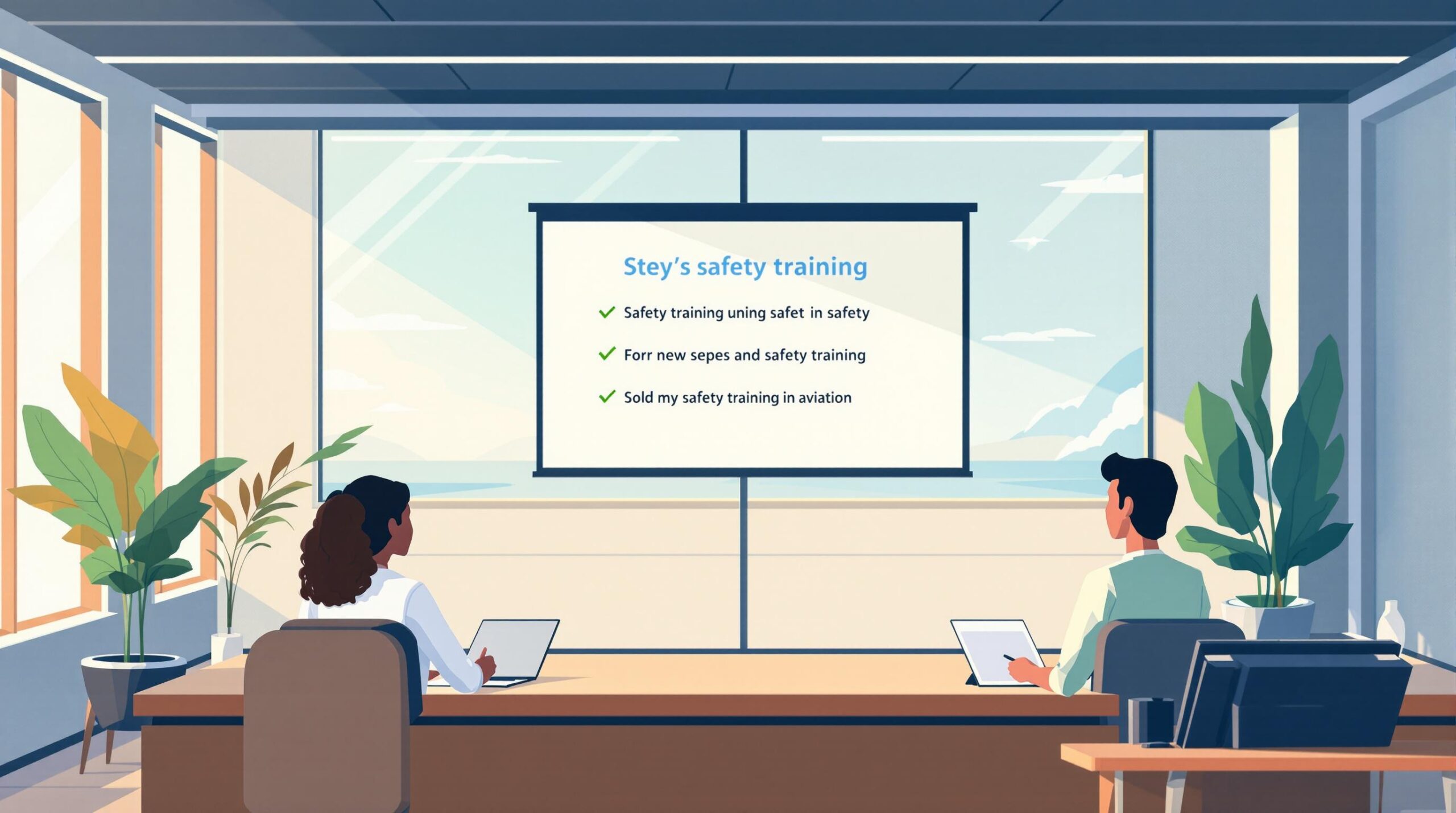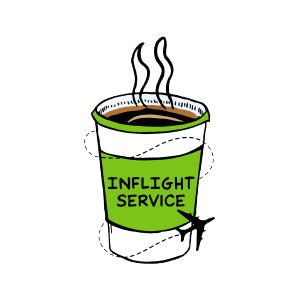Aviation safety improves by studying past incidents to prevent future accidents. Here’s how the industry achieves this:
- Data Collection: Systems like ASRS and FOQA collect incident reports and flight data to identify risks.
- Root Cause Analysis: Tools like the Swiss Cheese Model and techniques like the ‘5 Whys’ help identify human, technical, and organizational causes.
- Actionable Changes: Findings lead to updates in pilot training, procedures, and safety protocols, with tools like HFACS guiding improvements.
- Continuous Monitoring: Safety Management Systems track performance to ensure changes are effective.
Related video from YouTube
Step 1: Finding and Getting Safety Data
Having access to accurate aviation safety data is a must for conducting effective safety analysis. The challenge lies in locating reliable information and assessing its quality.
Safety Reporting Systems Overview
The Aviation Safety Reporting System (ASRS), managed by NASA, gathers confidential incident reports from aviation professionals. These reports provide detailed accounts without fear of repercussions. Alongside this, Flight Operations Quality Assurance (FOQA) programs analyze data from aircraft systems to uncover patterns and potential risks [1].
Once the data is collected, the next step is ensuring it’s both accurate and dependable.
Ensuring Data Quality
The Global Aviation Information Network (GAIN) emphasizes the importance of verifying data sources, checking for completeness, and cross-referencing information to spot inconsistencies [2]. This process is crucial for meaningful analysis, helping aviation professionals pinpoint actionable safety improvements.
For example, fatigue studies using ASRS and FOQA data highlight how verified and cross-referenced information can reveal hidden safety risks [3]. With reliable data, the focus can then shift to understanding the root causes of safety incidents.
Step 2: Finding the Main Cause
Once reliable safety data is gathered, aviation experts dive into analyzing incidents to pinpoint the root causes. This step is key to preventing future incidents.
Root Cause Analysis Methods
Uncovering the cause of aviation incidents requires a structured approach with proven tools. Techniques like the ‘5 Whys’ help dig into deeper, systemic issues. Fault tree analysis provides a visual breakdown of event chains, while the Swiss Cheese model (discussed earlier) highlights failures across multiple safety barriers.
"The crash of Air France Flight 447 in 2009 demonstrates the importance of thorough root cause analysis. While the immediate cause was the pilot’s incorrect response to a high-altitude stall, deeper analysis revealed critical gaps in training programs and unclear procedures for handling such situations" [1].
Beyond identifying the primary cause, it’s equally important to examine related contributing factors for a complete understanding of the incident.
Finding Related Issues
Aviation incidents rarely have a single cause. They usually result from a mix of human, technical, environmental, and organizational factors. Key areas to investigate include:
- Human factors: Issues like decision-making, fatigue, or communication breakdowns.
- Equipment reliability: Examining whether technical failures played a role.
- Environmental conditions: Weather and other external factors.
- Organizational policies: Assessing whether policies or procedures contributed.
For example, the Colgan Air Flight 3407 crash revealed the importance of addressing both immediate issues, like pilot fatigue, and broader systemic problems, such as insufficient training and poor fatigue management policies [1].
Investigators must look at both active errors (mistakes made during the incident) and hidden systemic issues. Using a combination of analytical tools ensures that no detail is missed, providing a clear picture of how human, technical, and organizational factors interact to create risks. This thorough approach is essential for improving safety measures.
sbb-itb-de05b1b
Step 3: Using What We Learn
Making Sense of Data
Turning safety data into meaningful actions requires a structured approach. The HFACS framework breaks incidents into four categories: organizational influences, unsafe supervision, preconditions for unsafe acts, and direct unsafe acts. This structure helps uncover patterns that might not be immediately obvious. By examining multiple incidents through this lens, airlines can pinpoint recurring organizational problems that may lead to safety risks. Once these patterns are identified, the focus shifts to transforming these findings into updates for training and procedures.
Updating Training and Rules
The tragic Colgan Air Flight 3407 crash led to changes in pilot training, particularly around fatigue management and clarifying safety procedures [1].
The International Civil Aviation Organization (ICAO) offers guidance for revising safety management systems. These updates often focus on:
| Update Area | Impact |
|---|---|
| Training Programs | Realistic simulator scenarios prepare pilots for emergency situations. |
| Operating Procedures | Updated SOPs provide clearer steps for handling critical scenarios. |
| Safety Protocols | Regular audits ensure teams follow safety standards consistently. |
Checking if Changes Work
To ensure updates are effective, Safety Management Systems (SMS) track key performance indicators like incident rates, compliance levels, and crew feedback. Advanced analytics tools help evaluate these safety measures, spotting trends and risks early. Predictive analytics can even flag potential issues before they escalate.
Communication plays a key role in this process. Safety bulletins, briefings, and detailed reports keep all stakeholders informed, ensuring accountability and monitoring progress. This ongoing evaluation helps keep safety measures relevant and prepared for new challenges.
Tools for Safety Analysis
Aviation safety analysis relies on various advanced tools to pinpoint and mitigate potential risks. These tools help identify root causes and provide methods to implement changes that enhance safety measures.
| Tool Category | Purpose | Key Features |
|---|---|---|
| ASHRAM | Human reliability analysis | Focused on assessing human errors in aviation incidents [4] |
| Swiss Cheese Model | Risk analysis | Evaluates organizational factors and layers of safety barriers [1] |
Tools like HFACS and ASHRAM focus on understanding human factors and error trends, offering a clearer view of how accidents occur and where interventions can be most effective. Major databases like ICAO and NTSB play a crucial role by offering standardized reports and comprehensive investigations that aid in safety assessments.
Pilot Pathfinder: Tools for Pilots

Pilot Pathfinder is a resource designed to help pilots maintain precise flight records and prepare for safety-related situations. The Pro plan is particularly useful for pilots aiming to enhance their safety knowledge and advance their careers.
| Feature | Benefit for Safety Learning |
|---|---|
| Logbook Integration | Tracks flight hours accurately to analyze experience |
| Interview Preparation | Provides access to safety scenarios and best practices for professional growth |
Conclusion: Making Aviation Safer
ICAO Annex 13 sets a global benchmark for investigating aviation incidents, ensuring a consistent approach to enhancing safety. This shared standard lays the groundwork for incorporating advanced tools and techniques into today’s safety practices.
Key Takeaways
A structured approach to incident analysis is essential for understanding and preventing future occurrences. Aviation safety keeps progressing thanks to data-driven insights and standardized methods. For example, deep learning tools can process extensive incident databases to identify hidden risks, allowing for more forward-thinking safety measures [3].
By integrating various safety analysis elements, the industry builds a solid framework for improvement:
| Component | Industry Role |
|---|---|
| Integrated Safety System | Brings together data collection, analysis, and action to promote continuous safety growth |
Emerging technologies like artificial intelligence and predictive analytics are reshaping safety analysis, making it possible to predict and address risks before incidents occur. These advancements, combined with standardized protocols, foster a stronger safety culture through international collaboration and informed decision-making.




